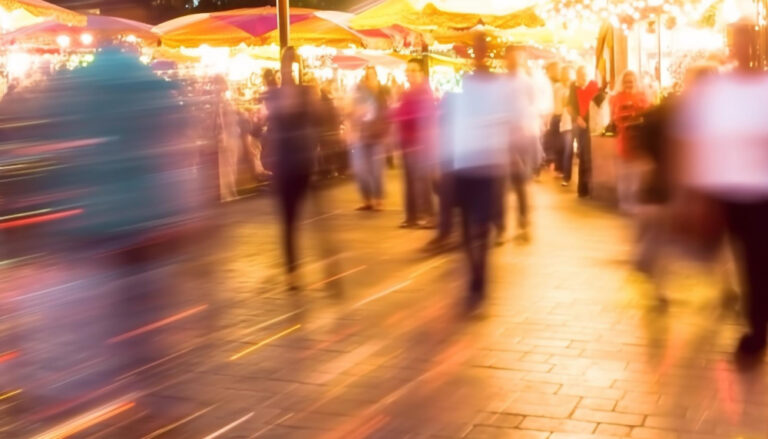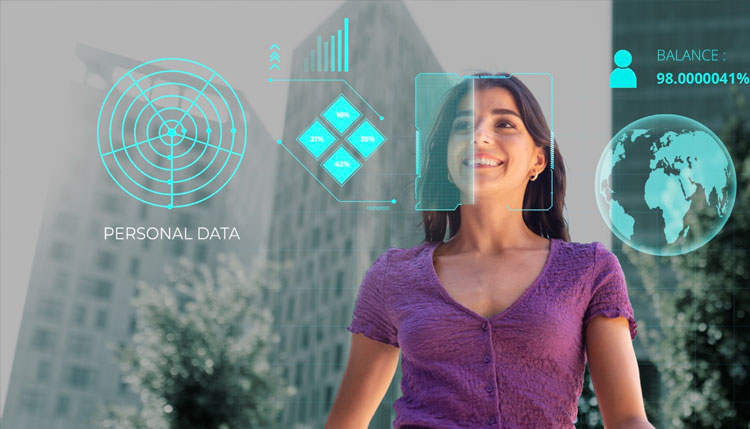
Gait Recognition: A Step Towards Futuristic Security
In the ever-evolving landscape of biometric technology, gait recognition emerges as a ground-breaking and relatively unexplored frontier. Unlike conventional biometric systems like fingerprints or facial recognition, gait recognition technology identifies individuals based on their walking patterns. This 600-word blog delves into the nuances of gait recognition, exploring its mechanisms, applications, benefits, and the challenges it faces.
Understanding Gait Recognition
Gait recognition technology operates by analyzing the unique way in which a person walks. This includes the rhythm, stride length, and the overall motion of the body. Sophisticated algorithms and sensors capture these patterns to create a distinctive ‘gait signature’ for each individual. This signature is as unique as a fingerprint, offering a non-invasive and discreet method of identification.
The technology uses advanced machine learning algorithms and computer vision to analyze video footage, extracting gait features even from low-resolution images. The beauty of gait recognition lies in its ability to operate at a distance, without any active participation from the subject, making it a passive biometric system.
Applications of Gait Recognition
Gait recognition technology has a wide array of applications. In security, it can be used for surveillance and monitoring, capable of identifying individuals in crowds or public spaces. Law enforcement agencies can employ this technology to track suspects or find missing persons. Furthermore, it can enhance border control systems, providing an additional layer of security without causing delays or requiring physical contact.
In the healthcare sector, gait analysis can aid in diagnosing and monitoring conditions that affect mobility, such as Parkinson’s disease or arthritis. Sports science is another field where this technology can be instrumental, helping athletes improve their performance by analyzing their movement patterns.
Advantages Over Traditional Biometrics
One of the most significant advantages of gait recognition is its non-intrusiveness. Unlike fingerprint scanning or facial recognition, which require close proximity and sometimes physical contact, gait recognition can be done at a distance, without the subject’s active involvement. This feature makes it less intrusive and more acceptable to privacy-conscious individuals.
Another advantage is its effectiveness in low visibility conditions. While facial recognition systems struggle in poor lighting or if the face is partially covered, gait recognition remains reliable, as it does not rely on visual details of the body’s extremities.
Challenges and Future Directions
Despite its potential, gait recognition technology faces several challenges. The accuracy of the system can be affected by various factors, such as the person’s footwear, clothing, or the presence of any physical injury that temporarily alters their walking pattern. Environmental factors like camera angle, lighting, and the quality of the video footage also play a crucial role in the system’s effectiveness.
Moreover, there are privacy concerns related to the use of any biometric technology, including gait recognition. The collection and storage of biometric data raise questions about consent, data security, and the potential for misuse. Establishing robust legal frameworks and ethical guidelines is crucial for the responsible deployment of this technology.
In conclusion, gait recognition biometric technology represents a significant leap forward in the field of security and identification systems. Its ability to identify individuals remotely and unobtrusively offers numerous practical applications. As technology advances, overcoming the current challenges and addressing privacy concerns will be key to its widespread adoption. This innovative approach to biometric recognition has the potential to redefine security and personal identification in the digital age. For more information on GAIT Recognition, please write to us at info@trueid.in or visit us at www.trueid.in











